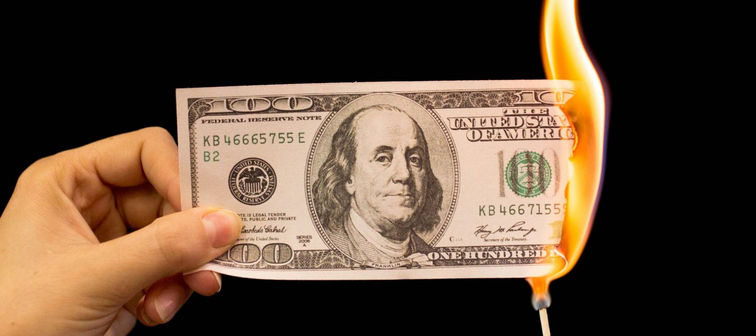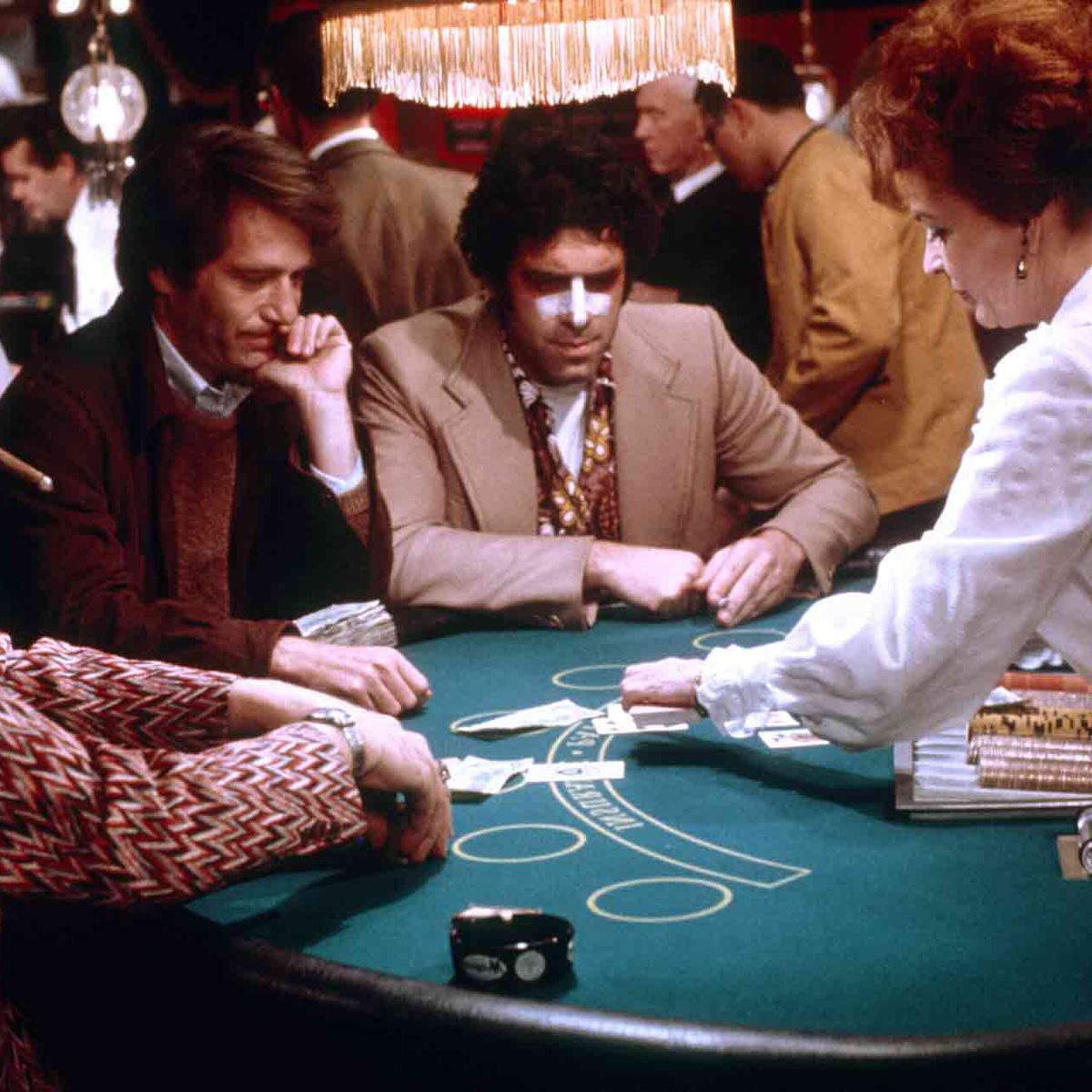How Much Money Do Casino Owners Make

Casinos are designed to make money just like any business. The slot machines are a big piece of the profit puzzle so the casinos do everything they can to make them more profitable. Now that you know these 15 slot machine secrets the casinos don’t want you to know you can gamble as an informed player. How much money the owner of an equestrian center might earn varies greatly depending on the size and style, location, and services offered by the center. A person might earn $30,000 per year. Gambling is good business, or at least a profitable one. According to the American Gaming Association, in 2012 the 464 commercial casinos in the U.S. Served 76.1 million patrons and grossed $37.34.
One of the fundamental, appealing aspects of sports betting
is that it’s possible to consistently make a profit. You need
to know what you are doing and apply the right strategies, but
it can be done. However, most bettors lose money in the long
run. There are several reasons why this is the case, one of
which is the fact that bookmakers use certain techniques to make
sure they are always at an advantage.
Successful sports betting is basically about overcoming this
advantage. Bookmakers are essentially your opponents, and you
have to learn how to beat them. Before you can do this, you need
to understand exactly how they are ensured to make money.
In this article, we explain the methods bookmakers use to
give themselves the advantage. We also look at the other main
reason why they make money: most bettors
make bad bets.
So, How Exactly Are the Bookmakers Making Money?
Bookmakers make money by the following:
- They set the right bet prices (the vig)
- Setting and changing the betting lines
- Balancing the Book – Eliminating Risk
- Counting on Bettor Emotions and Lack of Knowledge
Basic Principle of Bookmaking

The basic principle of bookmaking is straightforward and
pretty obvious. A bookmaker takes money in whenever they lay a
bet to a customer, and they pay money out every time one of
their customers wins a bet. The idea is to take more money in
than pay out. The art of bookmaking is in making sure this
happens.
Bookmakers can’t control the outcome of sports events, but
they can control how much they stand to win or lose on any
particular result. They set the odds for all the wagers they
lay, which ultimately enables them to ensure a profit.
Charging Vigorish/The Overround
The main technique bookmakers use to put the odds in their
favor is the inclusion of vigorish. Vigorish, or vig, is also
known as juice, margin, or the overround. It is built into the
odds bookmakers set to help them make a profit. In essence, it’s
a commission charged for laying bets. To best explain vig, we’ll
use a simple example of a coin toss.
The toss of a coin has two possible outcomes and each is
equally likely. There is a 50% chance of heads and a 50% chance
of tails. If a bookmaker were offering true odds on the toss of
a coin, they would offer even money. This is 2.00 in decimal
odds, +100 in moneyline odds, and 1/1 in fractional odds. A
successful $10 bet at even money returns $20, which is $10
profit plus the initial stake back.
Let’s say this bookmaker had 100 customers all betting $10 on
the toss of a coin, with half of them betting on tails and half
of them betting on heads. The bookmaker would stand to make no
money at all in this scenario.

As you can see from the above image, the bookmakers are
taking in a total of $1,000 in wagers, but they also have to pay
out a total of $1,000 in winnings whatever the result. Since
they are in business to make money, this is obviously not a good
scenario.
This is precisely why they build in the vig to the odds. They
can thus guarantee, theoretically at least, that they will make
money regardless of the outcome. When two outcomes are equally
likely, it is common for them to use odds of 1.9091 (-110 in
moneyline, 10/11 in fractional).
Continuing with the coin toss example, the odds on heads and
tails would still both be the same, but they would now be at
1.9091. This means that a successful $10 would return a total of
$19.09 ($9.09 in profit, plus $10 original stake).
Let’s see how that looks for the bookmaker now, with 50
customers betting on tails and 50 customers betting on heads.

As you can see, the change in odds has made a big difference,
and the bookmaker is now making a guaranteed profit on every
toss of the coin. The total amount they pay out is always going
to be $954.50 against the $1,000 they have received in total
wagers. Their built-in profit margin of $45.50 is the vigorish,
or overround, and it’s usually expressed as a percentage of the
total wagers received. In this case, the vig is equal to roughly
4.5%.
This is a very simplified example, but it does serve to
illustrate how bookmakers set the odds to give them an
advantage. Things get a little more complicated when it actually
comes to sports events, as the possible outcomes aren’t usually
equally likely. There are more than two possible outcomes in
many betting markets, and bookmakers aren’t always going to
take in exactly the same amount on all possible outcomes.
For these reasons, making money as a bookmaker isn’t as
straightforward as simply charging vig. Other techniques are
required to ensure consistent profits, and this is where the
role of odds compilers comes in.
The Role of Odds Compilers
Odds compilers set the odds at bookmaking firms. They are
also known as traders, and their role is absolutely essential.
The odds they set eventually determine how much in wagers a
bookmaker is likely to take in, and how much money they are
likely to make. The act of setting the odds for a sports event
is known as pricing the market.
There are a number of aspects involved in pricing up markets
for sports events. The primary goal is to make sure the odds
accurately reflect how likely any particular outcome might be,
while also ensuring that there’s a built-in profit margin.
Determining the likelihood of outcomes is largely based on
statistics, but very often a certain amount of sports knowledge
must be applied as well.
Compilers therefore have to be very knowledgeable about the
sports for which they are pricing markets; thus, they often
specialize in just one or two. They also have to have a solid
understanding of various mathematical and statistical
principles.
Let’s look at how a compiler might price up a market for a
tennis match in which Novak Djokovic is playing Andy Murray.
These two players are very close in ability, so the compiler
would have to take a number of factors into consideration. They
would look at current form, for example, and each player’s known
ability on the relevant playing surface. They would also take
the results of past meetings into account.
How Much Do Casinos Pay
Based on all these factors, they might reach the conclusion
that Djokovic has roughly a 60% chance of winning the match and
Murray roughly a 40% chance. The odds that approximately reflect
these chances are Djokovic at 1.67 and Murray at 2.50. These
odds don’t include any vig, which would also need to be
considered.
Generally speaking, compilers have a target margin. This may
vary quite significantly for any number of reasons, but let’s
assume in this case that the compiler wants around a 5% margin.
They would reduce the odds for each player by 5%, giving 1.59
for Djokovic and 2.38 for Murray.
A bookmaker’s margin can be calculated by adding the
reciprocal of the odds for all possible outcomes and converting
it to a percentage. In this case, there are two possible
outcomes, and the following equation would be used.
As you can see, the compiler has achieved the target of a 5%
margin. However, the job doesn’t end there. Compilers also have
to try and make sure that a bookmaker has a balanced book.
Creating a Balanced Book
How Much Money Do Casino Owners Make Money
When a bookmaker has a balanced book on a particular market,
he stands to make approximately the same amount of money
regardless of the outcome. With an imbalanced book, the outcome
would affect how much is made, and it could even result in a loss. A
balanced book is usually the preference, for obvious reasons,
and is what odds compilers typically aim for.
Continuing with the above tennis match example, a balanced
book would look something like this.
As you can see, based on $10,000 in total bets, the bookmaker
stands to make roughly $500 regardless of the outcome. This is
the target 5% margin. Let’s look at what would happen if that
$10,000 in total bets was spread evenly on both players.
In this scenario, the bookmaker has an imbalanced book. He
will make a profit if Djokovic wins, but will lose money if
Murray wins. It’s usually a scenario to try and avoid.
This is why you see odds on sports events fluctuate over
time. Odds compilers will continually adjust them to make sure
their book is balanced. For example, in the above scenario, they
could increase the odds on Djokovic to encourage more bets on
his winning, or they could reduce the odds on Murray to
discourage further bets on his winning. They could even do both.
There’s no guarantee that adjusting the odds will always
create a balanced book, but it usually helps. This is one reason
why the volume of bets is so important to bookmakers. As a
general rule, more money coming in means they are more likely to
get the balance right. It’s actually quite rare to get markets
perfectly balanced; the goal is simply to get as close as possible.
It’s worth noting that sometimes odds compilers will actually
want an imbalanced book. If they have confidence in a particular
outcome, they will try to create a situation where they stand to
make the most profit if it happens. If they are very confident
that Djokovic could win the match against Murray, for example,
they might decide to push the odds out on Murray to get more
action on that side of the book.
Summary

It should now be clear why bookmakers have a mathematical
advantage over their customers. They don’t always win money on
every single market they price up, but this advantage does help
to ensure they win money in the long run.
The advantage can be beaten, however. It’s not like casino
games where the odds are always stacked against you no matter
what you do. That being said, the mathematical advantage isn’t
the only reason why bookmakers make money. Their success also
comes down to the simple fact that most bettors place more bad
than good bets.
To avoid being one of those bettors, you need to understand
what actually makes for a good bet. Contrary to what many
believe, a good bet isn’t simply betting on what you think
might happen. Although this approach can be successful if you
are accurate often enough in predicting the outcome of sports
events, but the reality is that most people are not.
How Much Do Casinos Profit
For the best chance of making money on sports betting, you
need to be skilled in identifying betting opportunities that
represent good value. This is the real key to consistent profits
and something we explain more about in the next article.